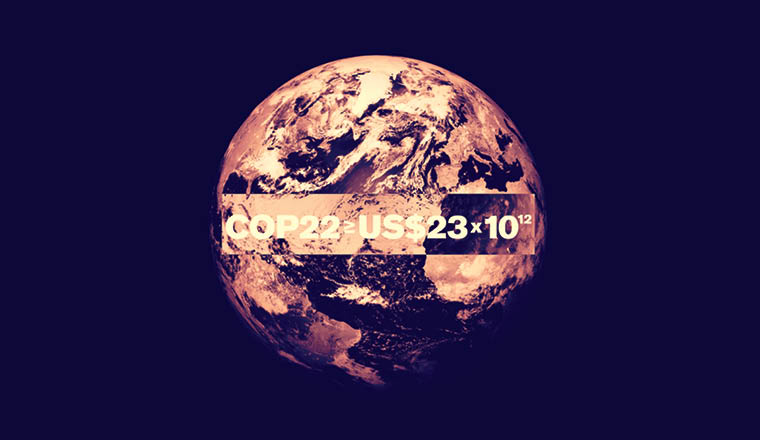Published: February 1, 2017
The election of Donald Trump cast a shadow over the global climate summit in Marrakech. However, experts told EMEA Finance a collective commitment to build on the momentum of the last two decades meant further innovation in tackling global warming was inevitable. Phil Thornton reports.
Within the space of just four days in November, two pieces of astonishing news changed the outlook for the fight against climate change for both good and ill.
The positive news was a decision by the European Union’s 28 member states to sign up to the treaty signed a year earlier in Paris, meaning the pledges made at the epochal event came into force on 4 November.
The treaty came into force less than a year after its signing — a feat few had believed possible, particularly in such a short period. It took eight years for to ratify the 1997 Kyoto agreement.
But the challenge for the 197 ministers who flew into Morocco for the COP22 summit was to start implementing the ambitious pledges. Key commitments include: keeping global average temperature rises “well below” 2° C; a commitment to mobilise US$100bn a year to finance climate change adaptation; revising emission-reduction targets and measures taken to achieve them every five years; achieving climate neutrality (net zero emissions) by 2050; and making the deal legally binding.


